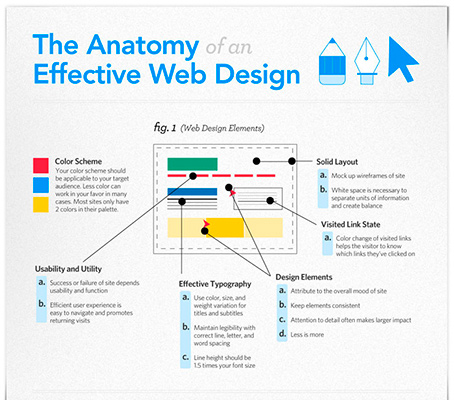Join Us As We Start A Journey Via Time, Discovering The Development Of Web Site Style And How It Has Actually Impacted The Electronic Landscape
Join Us As We Start A Journey Via Time, Discovering The Development Of Web Site Style And How It Has Actually Impacted The Electronic Landscape
Blog Article
Written By-Dalrymple Harding
In the past, sites were simple and focused on info. Navigation was straight, and style was for desktops. Now, individual experience is vital. Data guides layouts for simple navigating. Responsive designs suit different tools. Today, dark mode decreases pressure, and minimalist menus enhance navigating. Interactive functions involve individuals, and strong visuals attract attention. AI combination enhances involvement. See exactly how style has actually evolved to improve your online journey.
Early Days of Web Design
In the early days of website design, simplicity reigned supreme. Websites were fundamental, with limited colors, typefaces, and formats. The emphasis got on offering details as opposed to showy visuals. Individuals accessed the net through sluggish dial-up connections, so speed and capability were key.
Navigating menus were straightforward, generally located at the top or side of the web page. Sites were made for desktop computers, as mobile surfing wasn't yet widespread. Content was king, and developers prioritized simple readability over complex style components.
HTML was the primary coding language used, and designers needed to function within its constraints. Computer animations and interactive functions were minimal contrasted to today's standards. Sites were fixed, with little vibrant web content or customized customer experiences.
Increase of User-Focused Design
With the evolution of web site design, a change in the direction of user-focused design principles has actually become progressively famous. Today, creating websites that focus on customer experience is important for involving site visitors and achieving company objectives. User-focused layout includes comprehending the demands, preferences, and behaviors of your target audience to tailor the website's layout, web content, and features appropriately.
Designers currently carry out detailed research study, such as customer studies and usability screening, to gather insights and comments directly from individuals. This data-driven strategy assists in creating instinctive navigation, clear calls-to-action, and aesthetically appealing user interfaces that reverberate with visitors. By placing top 10 website design companies at the center of the layout procedure, websites can deliver an extra tailored and delightful experience.
Receptive style has additionally emerged as a vital aspect of user-focused style, making certain that websites are maximized for various gadgets and display dimensions. This versatility improves access and use, dealing with the diverse methods customers communicate with websites today. Basically, the rise of user-focused style indicates a shift in the direction of producing digital experiences that focus on the demands and expectations of the end customer.
Modern Trends in Web Design
Check out the most recent patterns forming website design today. One famous fad is dark setting design, providing a sleek and modern appearance while decreasing eye pressure in low-light environments. Another key trend is minimal navigation, streamlining food selections and boosting customer experience by concentrating on essential elements. Integrating micro-interactions, such as animated switches or scrolling impacts, can produce a much more engaging and interactive site. Responsive style continues to be crucial, guaranteeing seamless individual experiences across various devices. In addition, making use of strong typography and unbalanced layouts can add visual interest and draw attention to certain web content.
Integrating AI modern technology, like chatbots for customer support or individualized suggestions, improves user engagement and simplifies procedures. Ease of access has additionally come to be a substantial pattern, with designers focusing on comprehensive style methods to deal with varied customer requirements. Embracing sustainability by enhancing site performance for rate and efficiency is one more emerging pattern in web design. Teaming up with customer comments and data analytics to iterate and enhance design constantly is crucial for staying relevant in the ever-evolving digital landscape. By embracing these modern-day fads, you can produce an aesthetically appealing, user-friendly website that resonates with your target market.
Conclusion
As you reflect on the evolution of site style from the very early days to currently, you can see how user-focused style has actually come to be the driving pressure behind modern trends.
Welcome the journey of change and adaptation in web design, always keeping the customer experience at the forefront.
Remain current with the most recent fads and innovations, and never stop developing your method to create aesthetically magnificent and user-friendly internet sites.
search optimisation agency , adjust, and develop - the future of website design remains in your hands.
